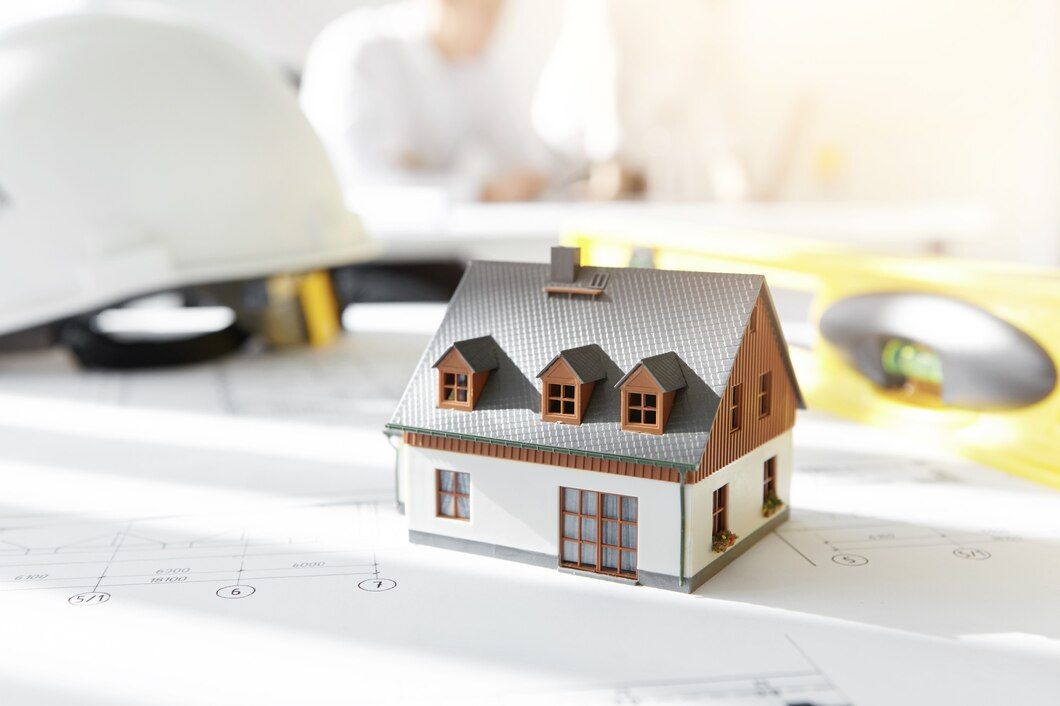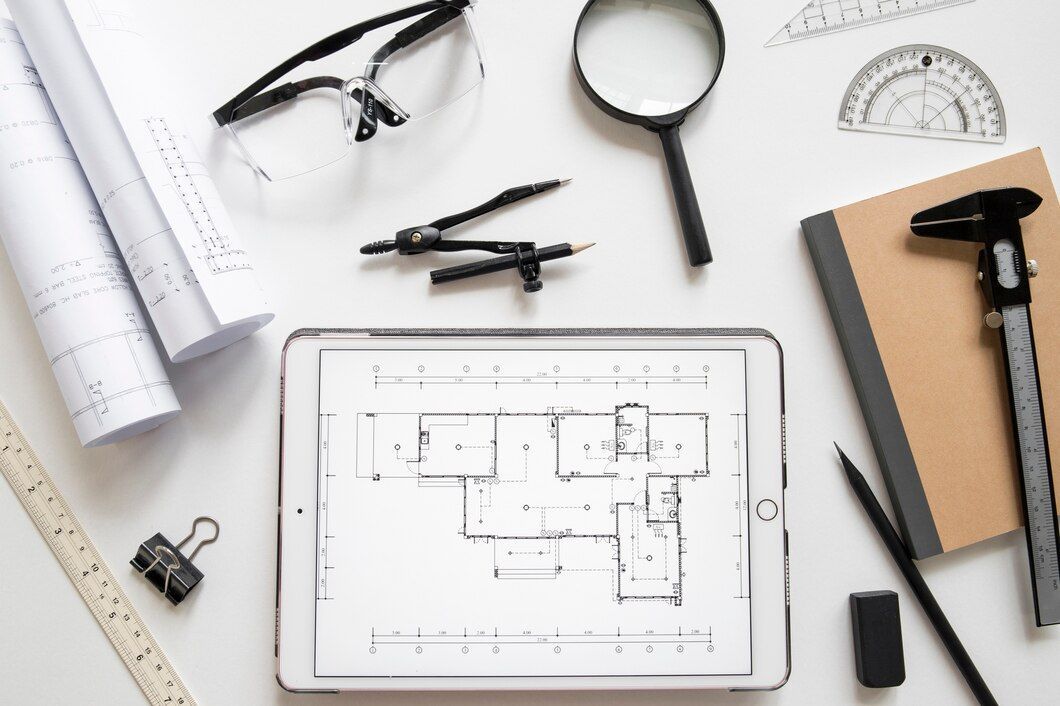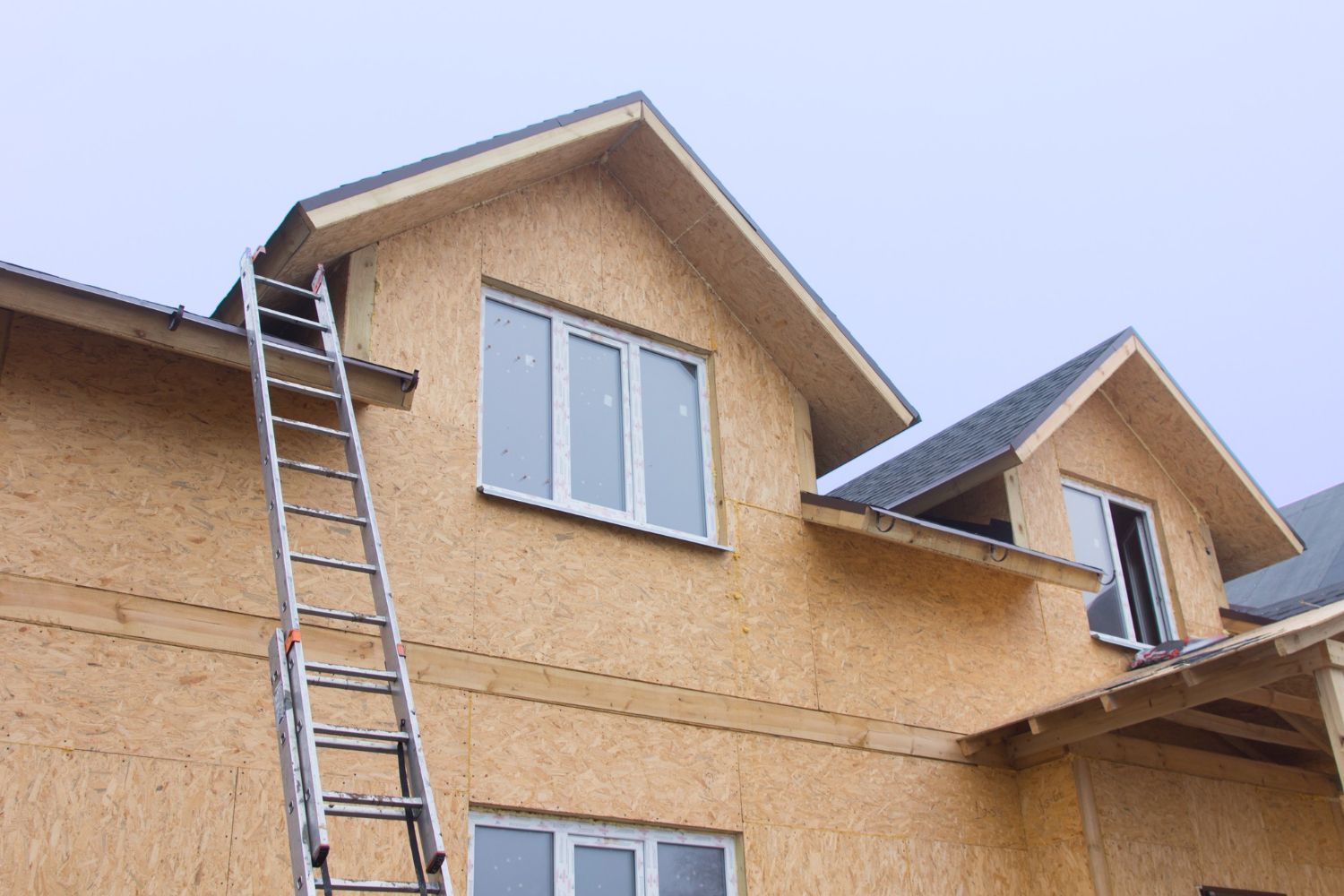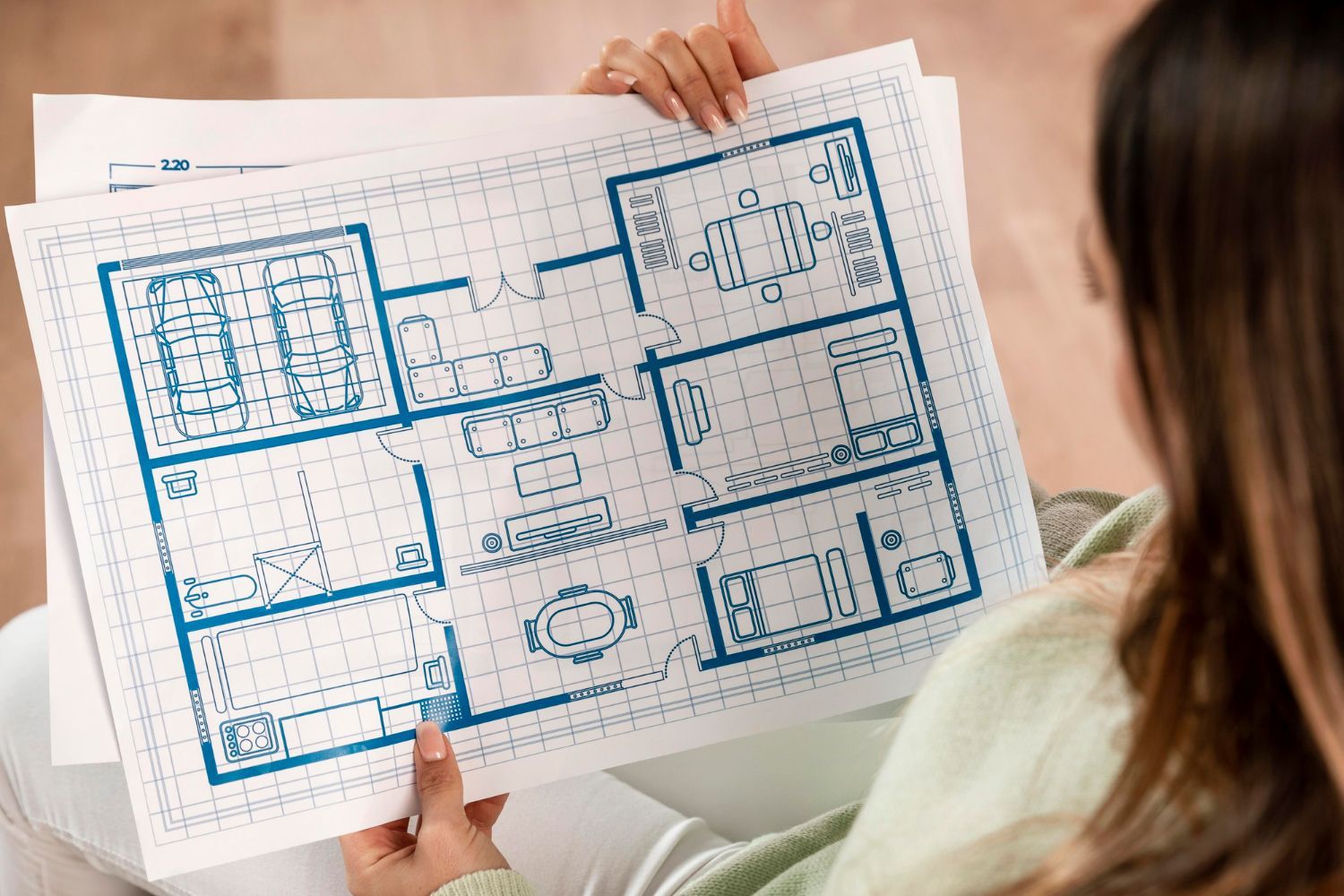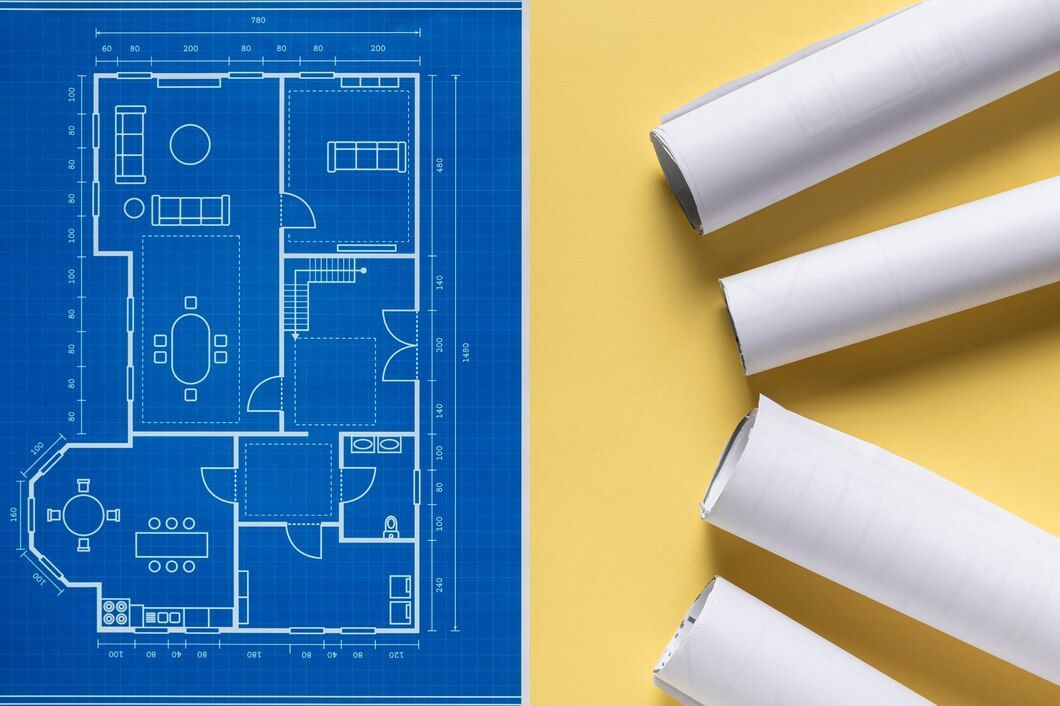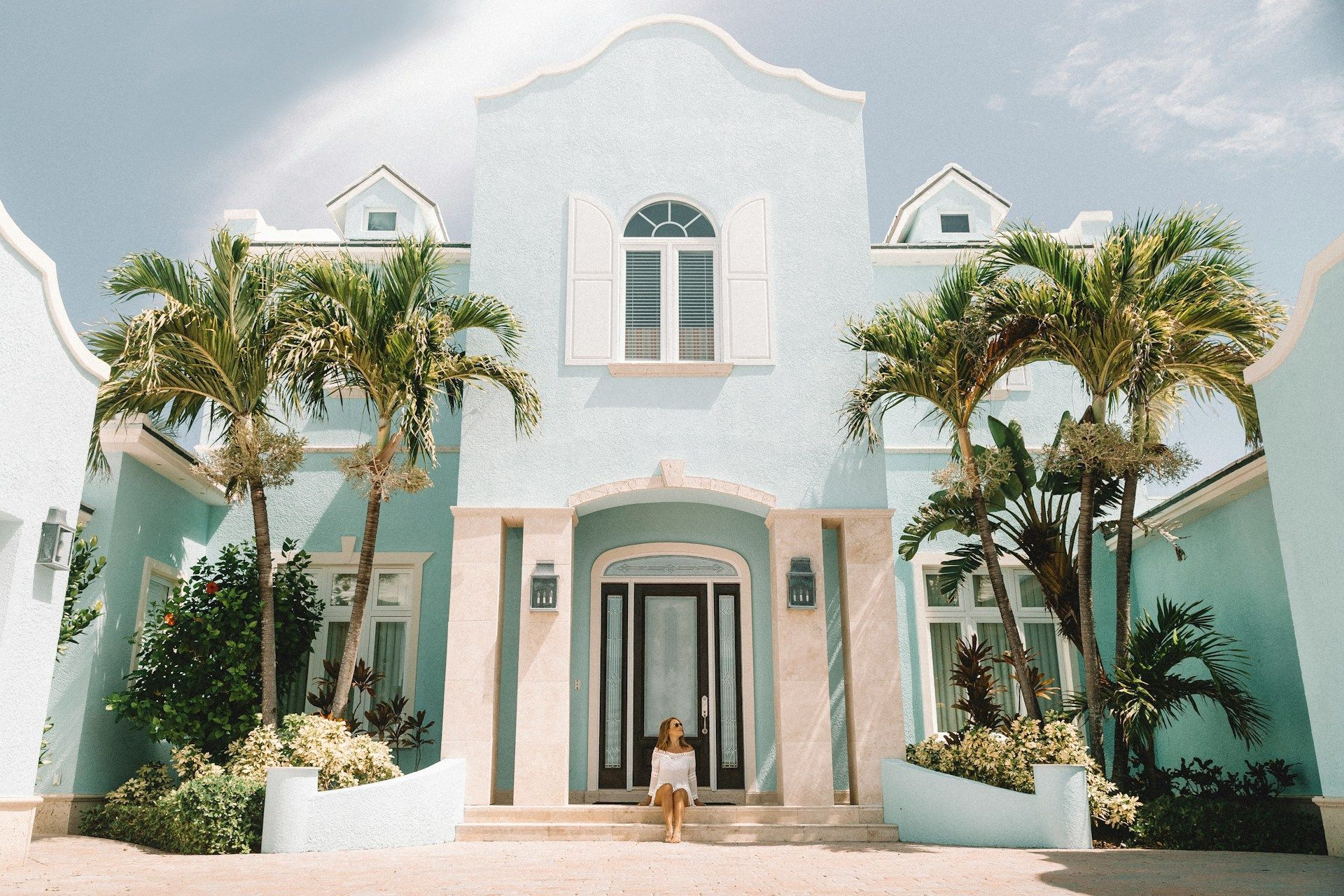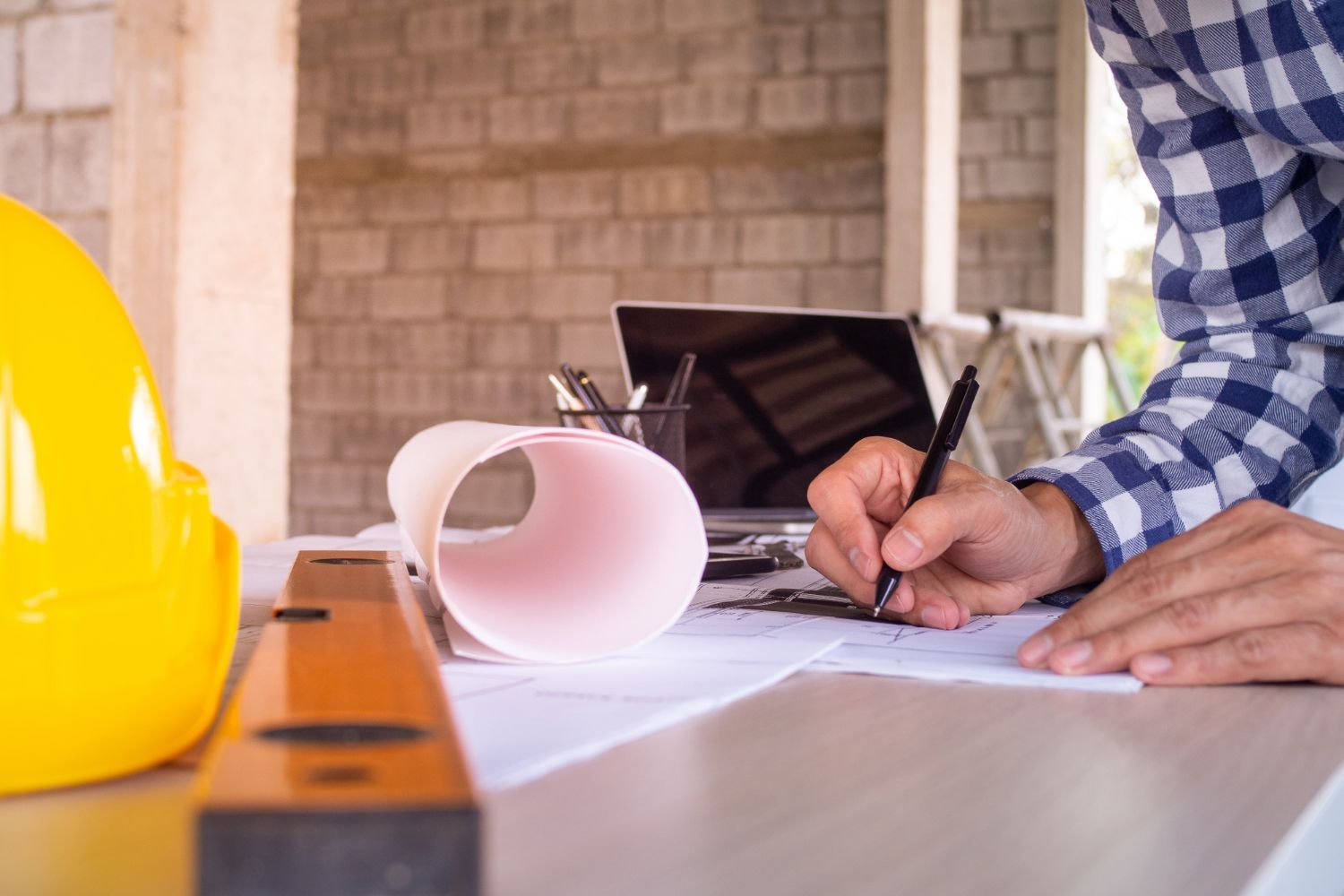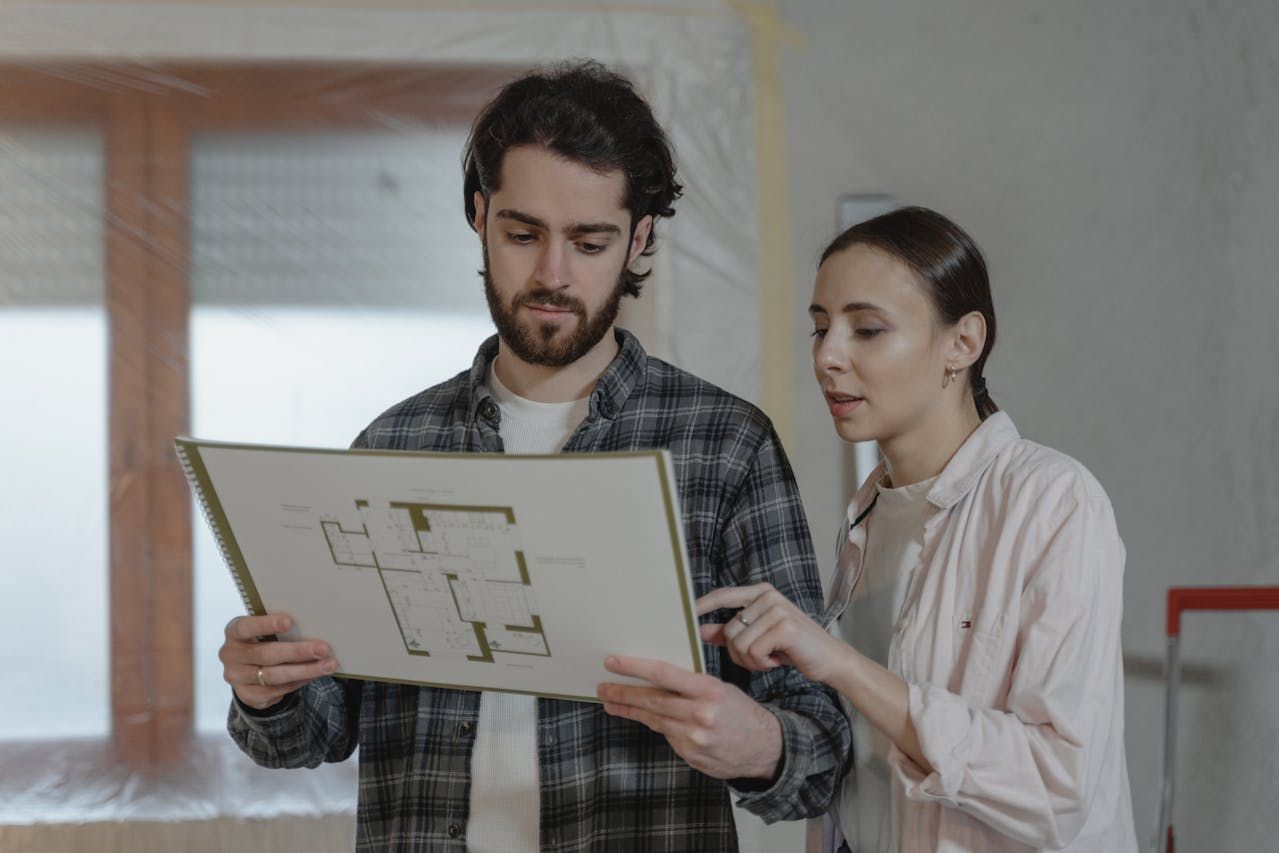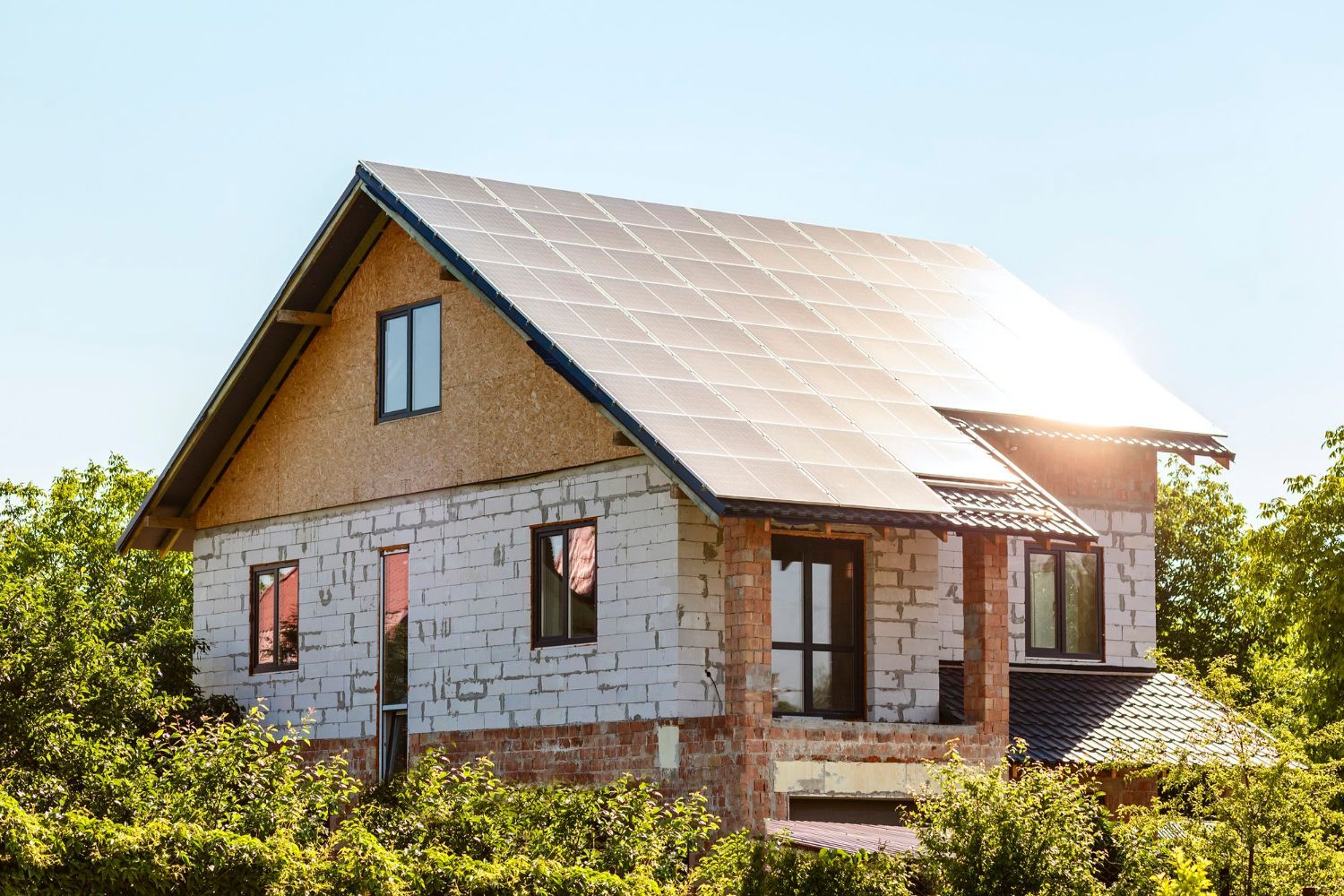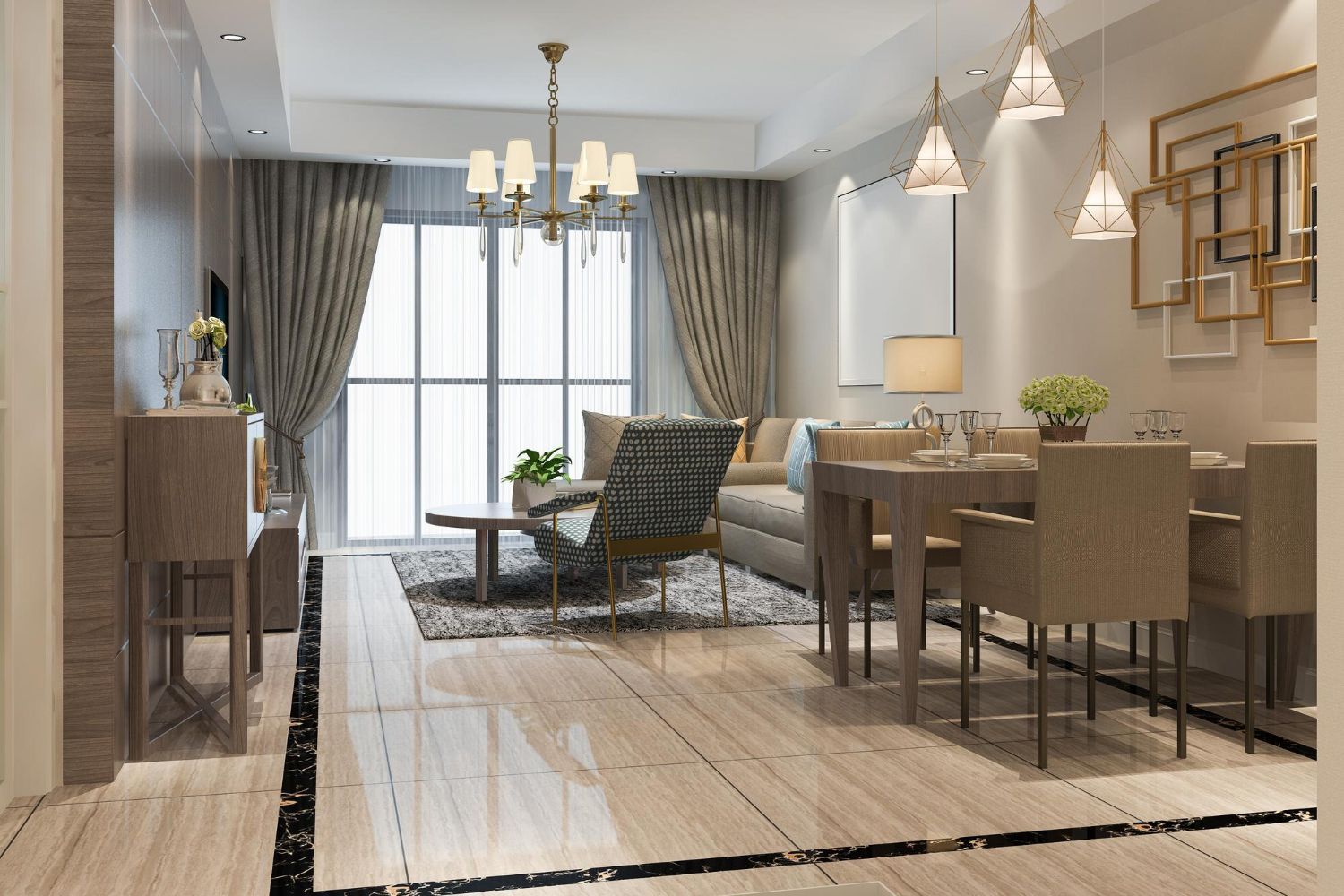541-815-0855
custom@mhbi.us
Eco-Friendly Custom Home Building in Bend, Oregon: The Ultimate Guide to Energy Efficiency
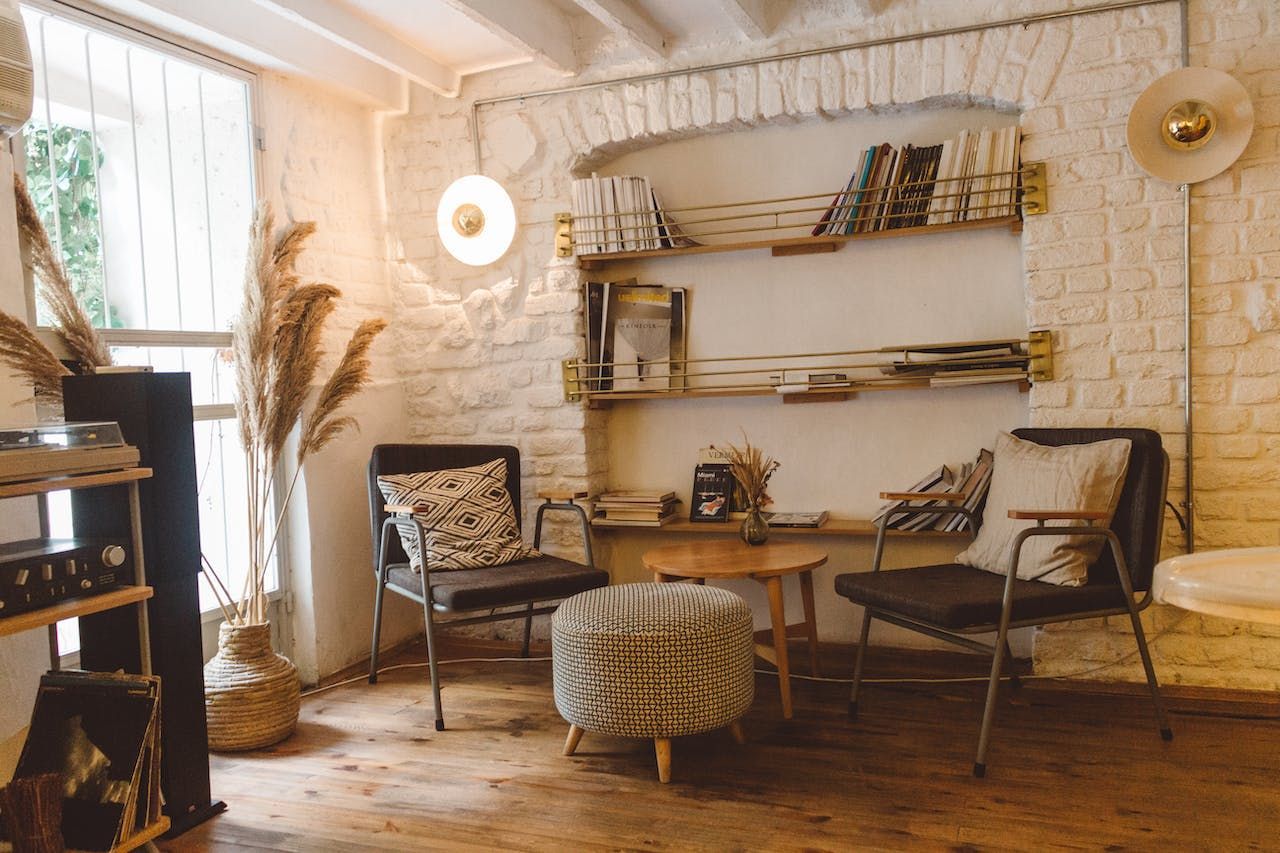
Building an energy-efficient custom home in Bend, Oregon, is not only a responsible choice for the environment but can also lead to significant long-term savings on utility bills. Embracing energy-efficient materials, technologies, and building practices ensures a more sustainable and comfortable living experience, maximizing the benefits of your investment.
In this ultimate guide, we will explore the best energy-efficient materials, innovative technologies, and proven building practices for constructing an eco-friendly custom home in Bend, Oregon. From incorporating advanced insulation and window solutions to harnessing solar power and utilizing smart technology, we'll guide you through the essential elements of an energy-efficient custom home build.
By integrating these green building strategies into your custom home project, you can create a healthier, more sustainable, and cost-effective living space that perfectly aligns with Bend, Oregon's stunning natural surroundings.
1. Insulation and Envelope Performance
One of the key factors in building an energy-efficient custom home in Bend, Oregon, is ensuring optimal insulation and envelope performance. By properly insulating your home, you can effectively maintain comfortable indoor temperatures and reduce the need for excessive heating and cooling, resulting in decreased energy consumption and lower utility bills.
There are various insulation materials and techniques to consider, such as:
- Spray foam insulation: Providing a high R-value (a measure of insulating effectiveness), spray foam insulation effectively seals gaps, cracks, and air leaks, ensuring minimal heat loss or gain. This type of insulation can be more expensive upfront but offers long-term energy savings.
- Blown-in cellulose insulation: Made from recycled paper products, cellulose insulation is an eco-friendly option that provides excellent thermal performance and noise reduction.
- Structural insulated panels (SIPs): These factory-built, high-performance panels consist of an insulating foam core sandwiched between two structural facings, typically made of oriented strand board (OSB) or plywood. SIPs offer incredible energy efficiency and faster installation times compared to traditional framing methods.
2. High-Performance Windows and Doors
High-performance windows and doors are essential components of an energy-efficient custom home. They help prevent heat transfer, air leakage, and ensure proper natural ventilation. Consider the following factors when choosing windows and doors for your custom home in Bend, Oregon:
- Double or triple-pane windows: These window types feature multiple layers of glass with air or gas (such as argon or krypton) in between, significantly reducing heat transfer compared to single-pane windows.
- Low-emissivity (Low-E) glass: This type of glass features a thin metallic coating that reflects heat back into the room during winter and blocks solar heat during summer, further improving energy efficiency.
- Window frames: Materials such as vinyl, fiberglass, and wood with thermal breaks can reduce heat transfer and improve insulation compared to traditional aluminum frames.
- ENERGY STAR® rated products: Look for windows and doors with the ENERGY STAR® label, indicating they meet strict criteria for energy efficiency set by the Environmental Protection Agency (EPA). More information can be found at energystar.gov.
3. Renewable Energy and Efficient Systems
Incorporating renewable energy sources and efficient systems in your custom home can significantly reduce your carbon footprint and energy costs.
- Solar power: Photovoltaic (PV) solar panels can be installed on your roof or in your yard to harness the power of the sun and generate electricity for your home. This renewable energy source can reduce your reliance on fossil fuels and lower your monthly energy bills.
- Solar water heaters: Solar collectors can be installed on the roof to heat water for domestic use, reducing the need for electric or gas-powered water heaters.
- High-efficiency HVAC systems: ENERGY STAR® rated heating, ventilation, and air-conditioning (HVAC) systems can greatly reduce energy consumption and save on utility bills. Look for systems with a high-efficiency rating, also known as the Seasonal Energy Efficiency Ratio (SEER).
- Heat recovery ventilators (HRVs) or energy recovery ventilators (ERVs): These systems help improve indoor air quality by continuously exchanging fresh outdoor air with stale indoor air, while simultaneously transferring heat or energy to maintain comfortable temperatures.
4. Smart Home Technology and Energy Monitoring
Integrating smart home technology and energy monitoring systems can help optimize your custom home's energy usage, providing enhanced comfort and convenience while reducing costs.
- Programmable thermostats: These devices can automatically adjust temperature settings based on a pre-set schedule, ensuring energy-efficient and comfortable indoor temperatures throughout the day.
- Smart lighting: Automated lighting systems and LED bulbs can reduce energy consumption, as well as provide customizable lighting options for improved ambiance.
- Energy monitoring: Smart energy monitors can track your home's energy consumption, providing real-time data and feedback to help you identify areas for increased efficiency and cost savings.
- Home automation systems: These systems can integrate various energy-saving features, such as smart thermostats, lighting, and appliances, into a single, user-friendly platform, allowing for remote control and customization based on your needs.
5. Sustainable Materials and Practices
In addition to energy efficiency measures, using sustainable materials and building practices can further enhance your custom home's eco-friendliness. Consider implementing the following:
- Low- or zero-VOC (volatile organic compound) paints, stains, and adhesives, which emit fewer harmful pollutants and improve indoor air quality.
- Reclaimed, recycled, or locally sourced materials and finishes (like reclaimed wood for flooring or countertops), which can reduce the environmental impact of your custom home.
- Green landscaping and xeriscaping, using native and drought-tolerant plants to minimize water usage and create a beautiful, low-maintenance yard.
By incorporating these energy-efficient materials, technologies, and best practices into your custom home build in Bend, Oregon, you'll create a comfortable, healthy, and environmentally responsible living space that conserves energy and saves money in the long run.
Experience the Difference with an Energy-Efficient Custom Home in Bend, Oregon
Embracing energy-efficient materials, technologies, and sustainable building practices in your custom home project will result in a comfortable, eco-friendly, and cost-effective living environment for years to come. By prioritizing insulation, high-performance windows and doors, renewable energy, smart technology, and environmentally responsible materials, you're creating a home that is not only better for the planet but also tailored to cater to your unique lifestyle needs.
Ready to bring your energy-efficient custom home dream in Bend, Oregon, to life? Contact Mountain High Builders and let our team of experienced professionals guide you through the process. As experts in sustainable home building, we'll work together to help you craft an exquisite, energy-efficient custom home that merges style, functionality, and environmental responsibility.
Are you planning to renovate your home?

Mountain High Builders strives to build exceptional homes for our clients, alongside strong relationships that last a lifetime.
Contact us
Phone: 541-815-0855
Email: custom@mhbi.us
Address: Square Loop, 1012 SE
Cleveland Ave #5, Bend, OR 97702
Menu
All Rights Reserved |
All Rights Reserved | Mountain High Builders


